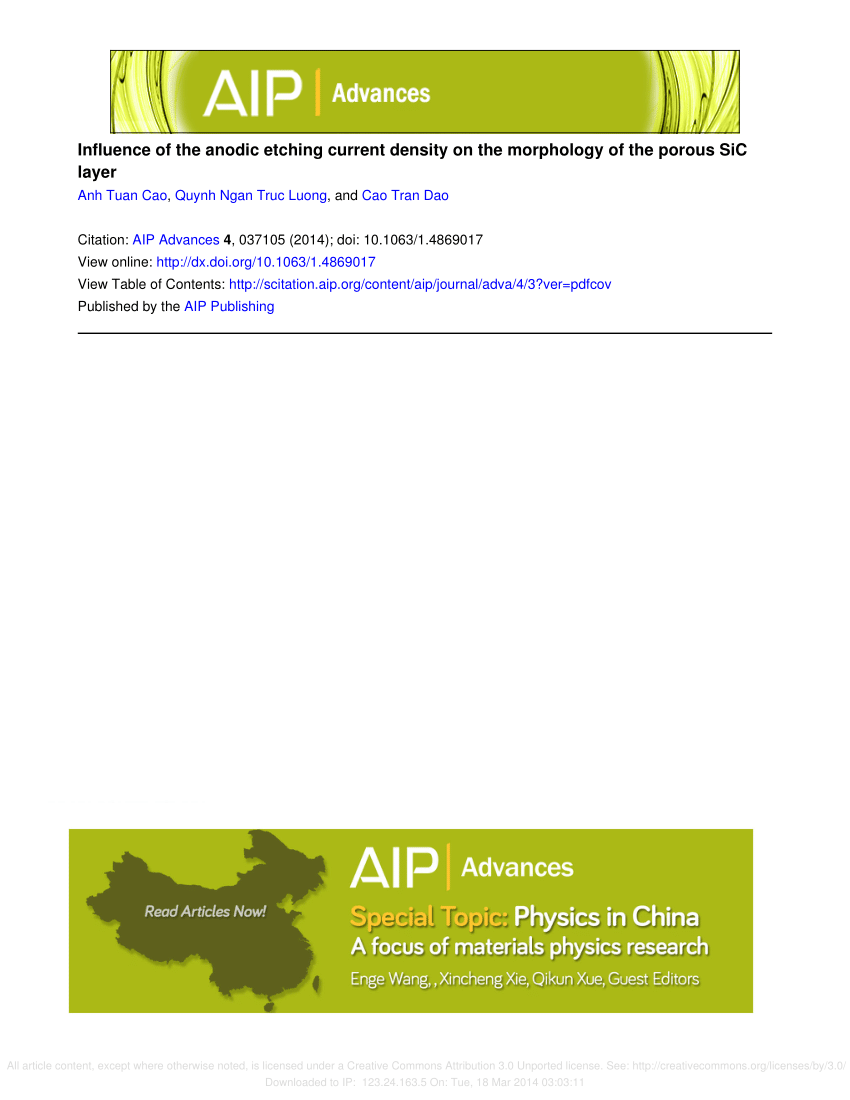水在温度 42 °C 附近的等温压缩系数的贡献
IF 1.4
4区 物理与天体物理
Q4 MATERIALS SCIENCE, MULTIDISCIPLINARY
引用次数: 0
摘要
利用现代数据库,分析了液态水在其特定温度θ = 42.2 ± 0.2 °C附近的等温压缩系数-(∂V/∂P)T = VβT的行为。除水异常区域外,相应状态原理在水的广泛热力学参数中的适用性已得到证实。观察到水的物理化学特性存在以下异常:(a) 在 θ = 42.2 ± 0.2 °C 的温度下,水的等温压缩系数的熵值改变了符号,在该温度以下变为正值;(b) 在 θ = 28.8 ± 0.2 °C 时,水的等温可压缩性系数的能量贡献改变了符号,在该温度以下变为负值;以及(c) θ = 17.6 ± 0.2 °C 时,水的等温可压缩性系数的能量贡献和熵贡献相等。根据水的双结构模型,等温压缩系数的熵贡献与氢键 "扩展 "的低密度水结构的存在有关,其作用随着温度的降低而增加。我们将等温压缩系数的能量贡献与氢键的 "塌缩 "高密度水结构联系起来,这种结构在水的热力学异常领域中的作用随着温度的降低而减小。本文章由计算机程序翻译,如有差异,请以英文原文为准。
Contributions to the isothermal compressibility coefficient of water near the temperature of 42 °C
Using modern databases, the behavior of the isothermal compressibility coefficient −(∂V/∂P)T = VβT of water in the liquid state near its specific temperature of θ = 42.2 ± 0.2 °C was analyzed. The applicability of the principle of corresponding states in a wide range of thermodynamic parameters of water has been confirmed, excluding the area of water anomalies. The following anomalies of the physical–chemical properties of water were observed: (a) the temperature of θ = 42.2 ± 0.2 °C was found at which the entropy contribution to the isothermal compressibility coefficient of water changed its sign and became positive below this temperature; (b) the temperature of θ = 28.8 ± 0.2 °C was found at which the energy contribution to the isothermal compressibility coefficient of water changed its sign and became negative below this temperature; and (c) the temperature of θ = 17.6 ± 0.2 °C was found at which the energy and entropy contributions to the isothermal compressibility coefficient of water were equal. The entropy contribution to the isothermal compressibility coefficient, according to the two-structure model of water, can be associated with the existence of an “expanded” low-density water structure of hydrogen bonds, the role of which increases with decreasing temperature. We associate the energy contribution to the isothermal compressibility coefficient with the “collapsed” high-density water structure of hydrogen bonds, the role of which in the field of thermodynamic anomalies of water decreases as the temperature decreases.
求助全文
通过发布文献求助,成功后即可免费获取论文全文。
去求助
来源期刊

AIP Advances
NANOSCIENCE & NANOTECHNOLOGY-MATERIALS SCIENCE, MULTIDISCIPLINARY
CiteScore
2.80
自引率
6.20%
发文量
1233
审稿时长
2-4 weeks
期刊介绍:
AIP Advances is an open access journal publishing in all areas of physical sciences—applied, theoretical, and experimental. All published articles are freely available to read, download, and share. The journal prides itself on the belief that all good science is important and relevant. Our inclusive scope and publication standards make it an essential outlet for scientists in the physical sciences.
AIP Advances is a community-based journal, with a fast production cycle. The quick publication process and open-access model allows us to quickly distribute new scientific concepts. Our Editors, assisted by peer review, determine whether a manuscript is technically correct and original. After publication, the readership evaluates whether a manuscript is timely, relevant, or significant.
 求助内容:
求助内容: 应助结果提醒方式:
应助结果提醒方式:


